In industrial piping systems and structural engineering, material selection is crucial to project success. The American Society for Testing and Materials (
ASTM) A53 and A333 standards are two widely used steel pipe specifications, but they differ significantly in chemical composition, mechanical properties, and application scenarios. This article provides an in-depth comparison of steel pipes from these two standards, covering material composition, low-temperature performance, manufacturing processes, and industry applications, providing a comprehensive selection guide for engineers, purchasers, and project managers.
Standard Overview
ASTM A53
ASTM A53 is a general-purpose carbon steel pipe standard for mechanical and pressure applications, widely used in conveying steam, water, gas, and air. This standard covers both seamless and welded steel pipes suitable for ambient and moderate temperature environments.
ASTM A333
ASTM A333 is a standard designed specifically for cryogenic service, used to manufacture seamless and welded steel pipes with excellent impact toughness. It is particularly well-suited for piping systems operating at temperatures of -45°C or even lower, such as liquefied natural gas (LNG) pipelines and cryogenic storage facilities.
The Difference Between ASTM A53 and ASTM A333
1.Chemical Composition Comparison
ASTM A53 has basic carbon steel chemistry with relaxed limits. ASTM A333 requires tighter control, especially for low-temperature performance. Notably, ASTM A333 includes silicon and allows a carbon-manganese balance for better ductility.
|
Element
|
ASTM A53 Grade B
|
ASTM A333 Grade 6
|
Key Difference
|
|
Carbon (C)
|
≤ 0.30%
|
≤ 0.30%
|
A333 allows Mn increase if C is reduced
|
|
Manganese (Mn)
|
0.05–1.20%
|
0.29–1.06% (max 1.35%)
|
A333 range is tighter
|
|
Phosphorus (P)
|
≤ 0.05%
|
≤ 0.025%
|
A333 stricter
|
|
Sulfur (S)
|
≤ 0.05%
|
≤ 0.025%
|
A333 stricter
|
|
Silicon (Si)
|
Not specified
|
≥ 0.10%
|
Required in A333
|
2.Mechanical Properties Comparison
The mechanical strength of both pipes is similar, but A333 requires better performance in low temperatures through impact testing.
|
Property
|
ASTM A53 Grade B
|
ASTM A333 Grade 6
|
|
Tensile Strength
|
≥ 415 MPa
|
≥ 415 MPa
|
|
Yield Strength
|
≥ 240 MPa
|
≥ 240 MPa
|
|
Impact Toughness
|
Not required
|
Required at -45°C
|
3.The applicable temperature ranges between ASTM A53 and ASTM A333
This is one of the biggest differences between the two standards:
ASTM A53: Suitable for ambient to moderate temperatures and generally not recommended for use below -29°C.
ASTM A333: Designed specifically for cryogenic applications, it can operate normally at temperatures of -45°C or lower.
Therefore, if your project involves cryogenic media or frozen areas, ASTM A333 is a more suitable choice.
4.Performance characteristics:
A333 steel pipe: this is a kind of low-temperature carbon steel pipe, which is mainly used for transporting low-temperature liquids and gases.A333 steel pipe is characterised by the fact that it still maintains good toughness and strength in low-temperature environments, which makes it suitable for engineering needs in cold regions and low-temperature working conditions. In addition, it has good weldability and excellent corrosion resistance, which can resist the erosion of chemical media and ensure the stable operation of the pipeline.
A53 steel pipe: A53 steel pipe (ASTM A53 Grade B) is a widely used material in industrial and construction fields. This kind of steel pipe has excellent mechanical properties and corrosion resistance, and is suitable for conveying fluids, structural support and mechanical parts manufacturing and many other fields. It is mainly produced through the hot rolling process, and the delivery state is hot rolling heat treatment.






 English
English Español
Español بالعربية
بالعربية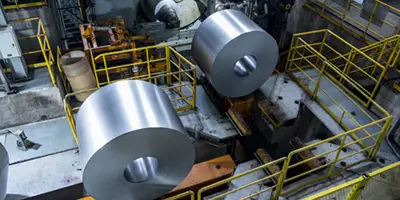

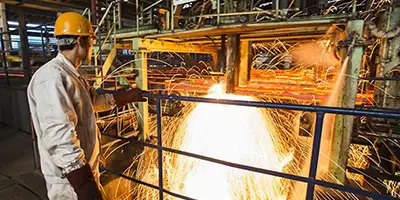
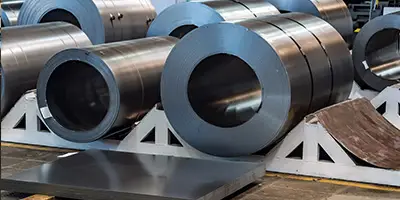

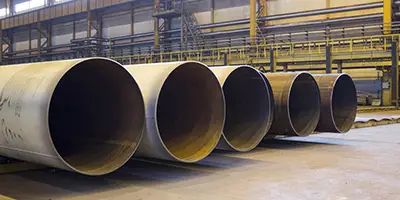

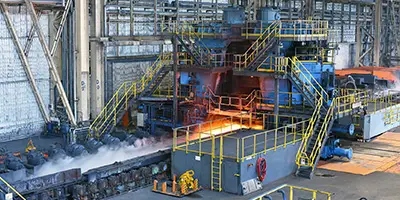
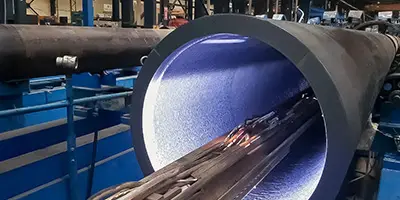
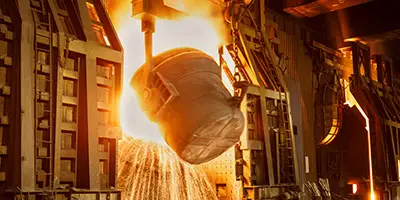

 Phone :
Phone :  Whatsapp :
Whatsapp :  Email :
Email : 


